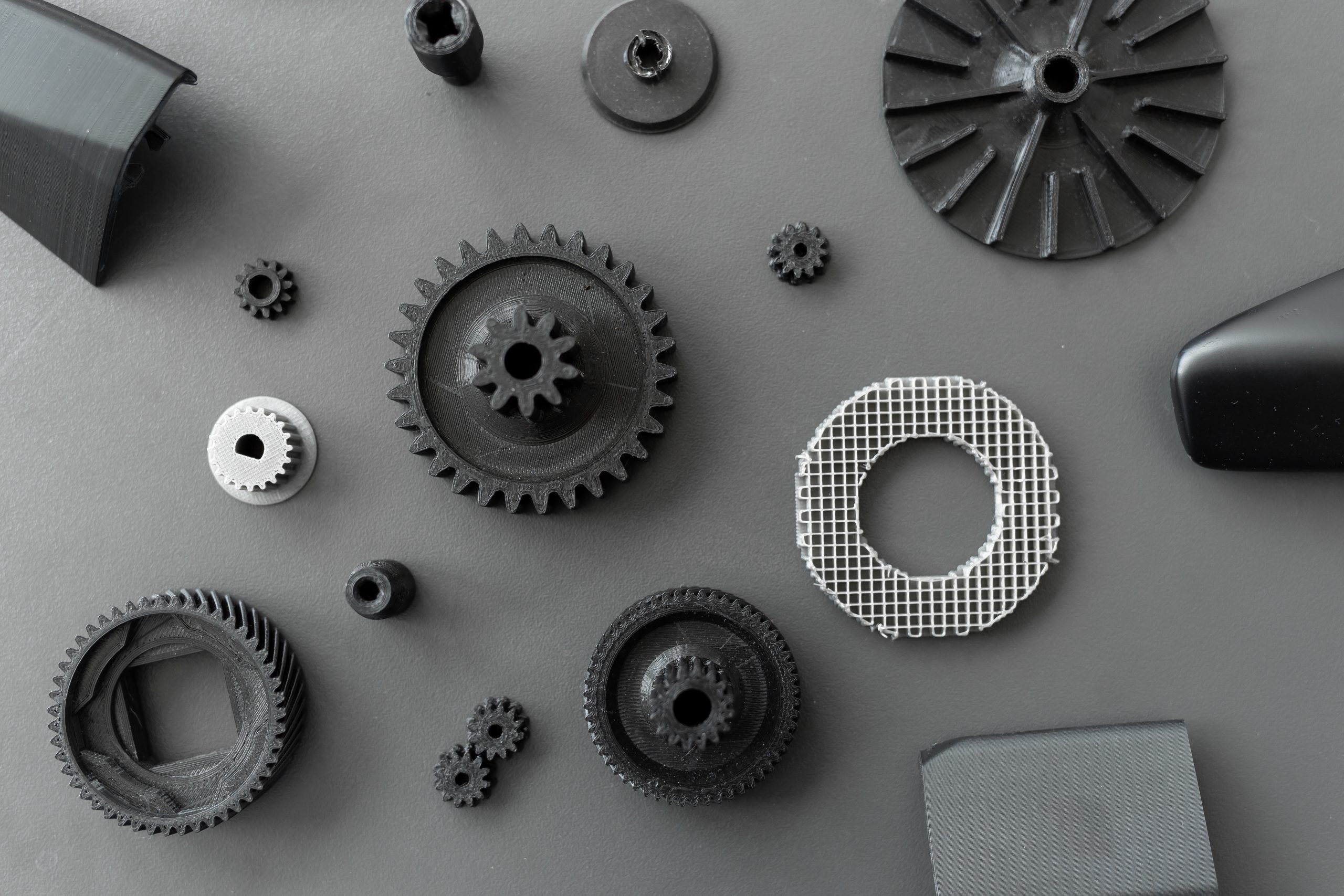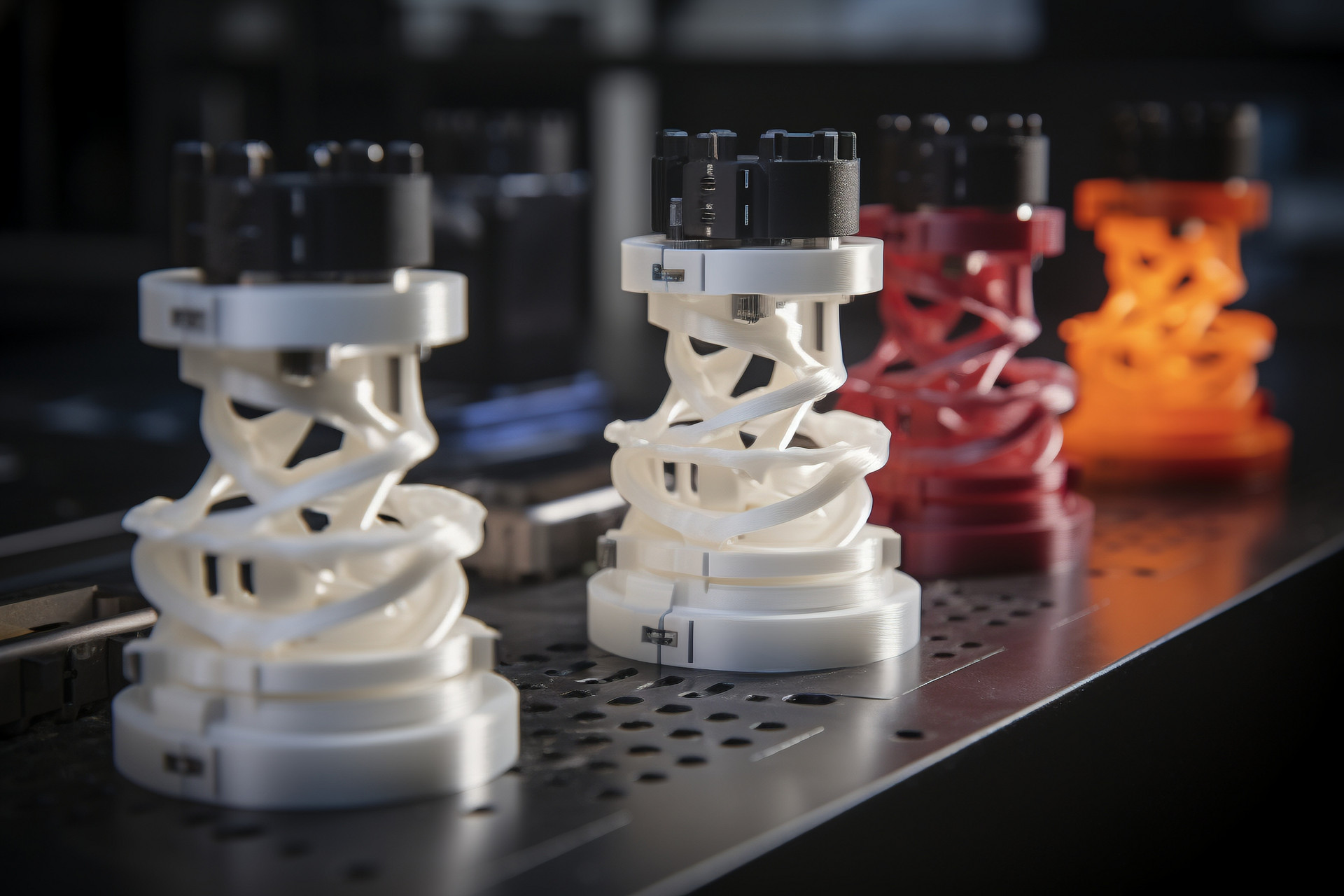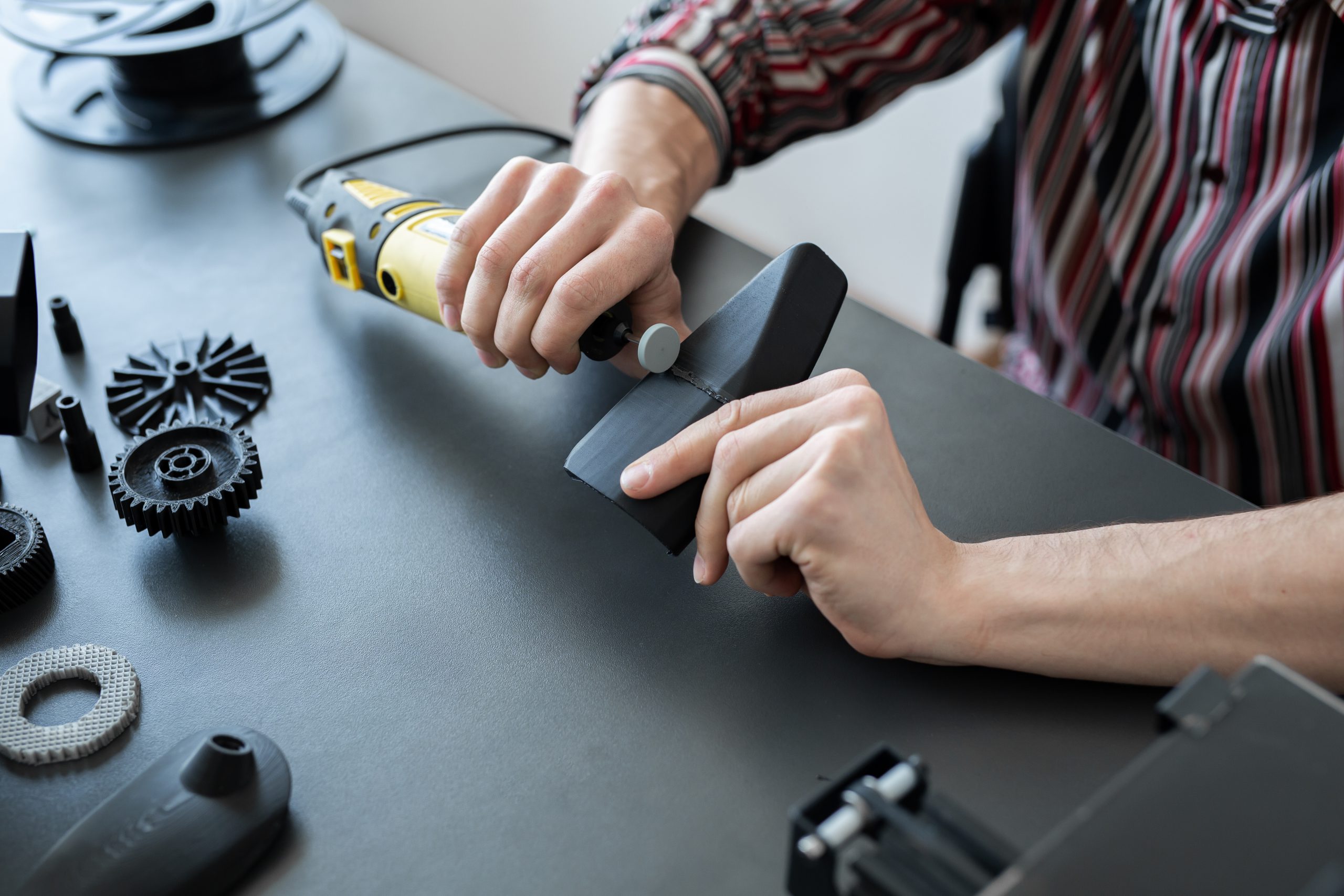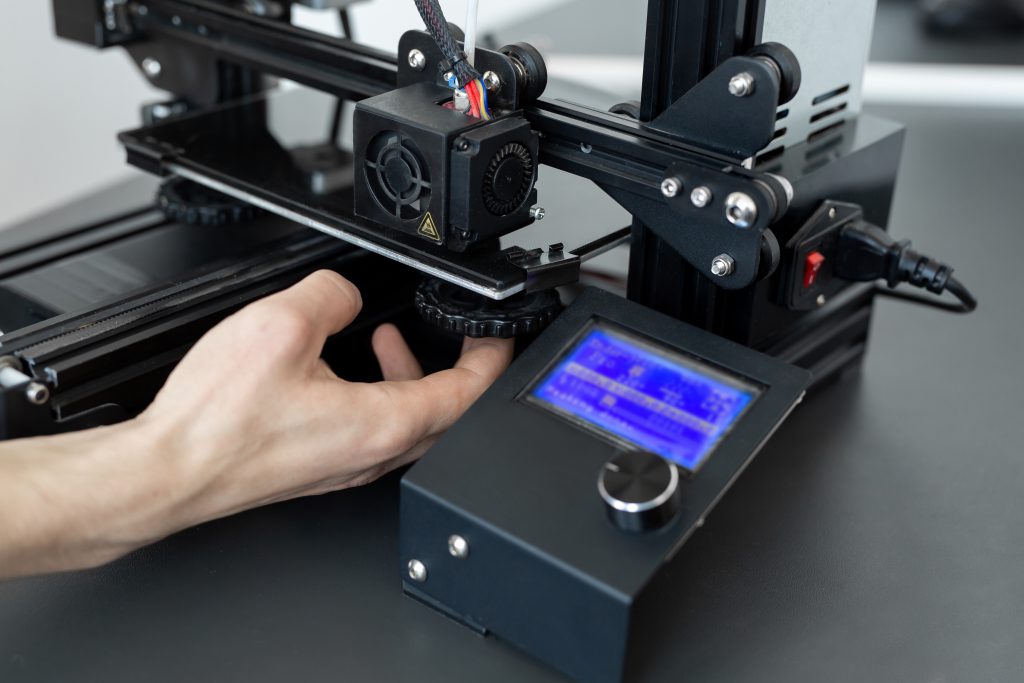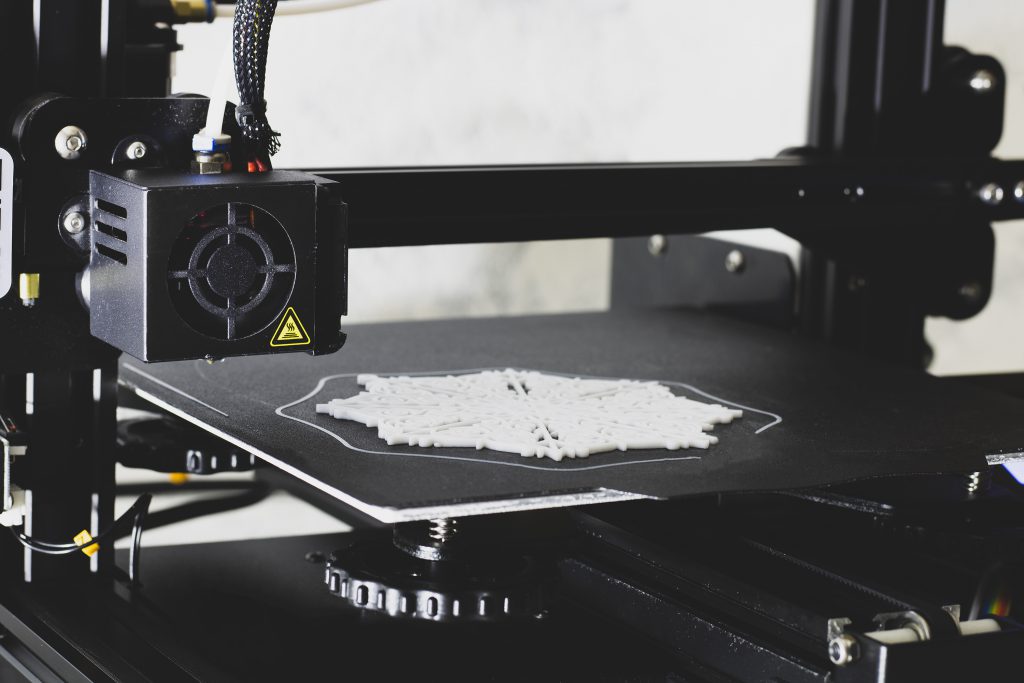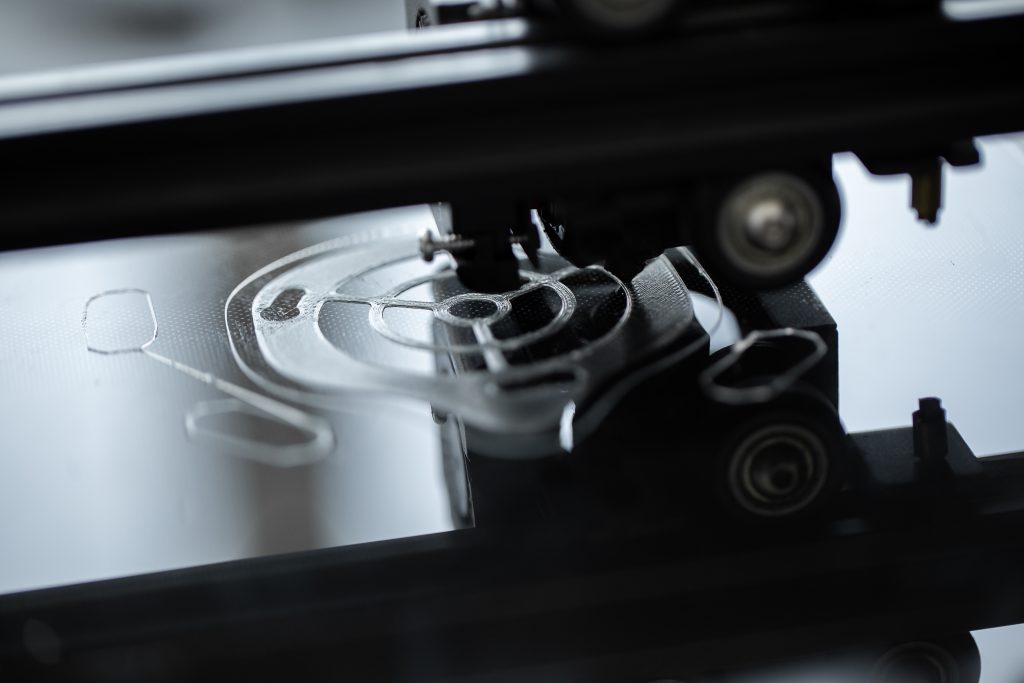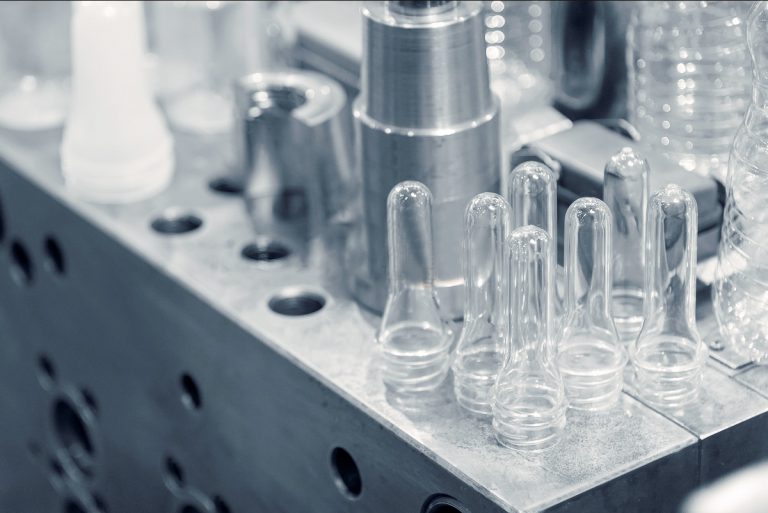
At TIGER MOULD, if you have product design drawings, we can help you analyze the feasibility of this project and ensure the necessary modifications to avoid design flaws that can lead to high costs of mold modifications at a later stage. If you don’t have 2D drawings, or even just a product idea, you can also tell us, our design team has rich experience in product design and can meet all your needs for the product.
After the design is completed, we will use high-precision 3D printers, according to the product stage flexible choice of technology combinations, the use of 3D printing to accelerate innovation, the traditional process to protect the mass production landing.

